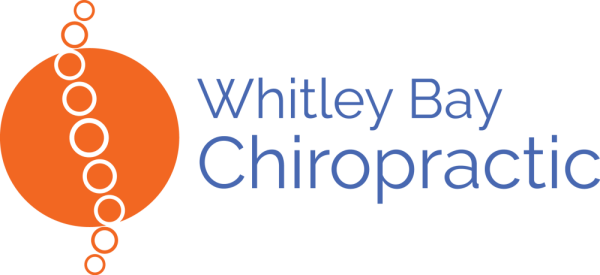Dean Somerset Q and A on Hip Mobility plus more.
Originally posted 2014
Health care providers who use therapy and exercise like Manual Therapy UK for more great original content, and information on my workshops!
I have treated elite athletes, studied and lectured on motor control / core exercises for 18 years and I learn something from every article Dean Somerset writes.
Dean is a personal trainer, author, writer at T-nation.com, and international public speaker whose main area of expertise is injury and medical dysfunction management through optimally designed exercise programs.
Check out this video of Dean helping hip rotation with core work. (See question 4)
1. How do you balance deceleration exercises (fast twitch) with distraction / compression (slow twitch) exercises for the shoulder rotator cuff?
It depends on their stage of healing and what their training experience is, as well as what their overall goal is. When it comes to a surgical repair, initial training is more passive or low load range of motion training and light isometrics, which will be followed by some light loaded carries, positional stability and perturbation work, and then eventually moving into heavy loaded carries, pressing and pulling. Typically when people think balancing the program they think of pulling v pushing movements, in which most cases involve a 3:1 ratio of pull to push, especially with a previous history of injury to the cuff. When it comes to stability, I would say it’s something that can be worked on with other exercise, with demands that can run the continuum of force application and velocities. With throwers, Eric Cressey uses a really good protocol.
2. Do you think tibia – fibula movement restrictions are important / detectable / treatable?
I would be more concerned with tibial rotation during a terminally extended knee, but everything can play a role. I honestly haven’t looked into the aspects of tib/fib movement too much so I can’t really comment on whether it’s something detectable through manual testing or movement analysis separate from ankle pronation/supination.
3. What is your take on the “butterfly effect” theory that fascial restrictions impact distant structures?
I understand that it’s possible for distance structures to influence each other, but I prefer the ripple effect theory proposed by Mike Reinold, in which the areas of the body in closer proximity with the insult will show the biggest effects. There’s a lot of stop-overs to go from the ankle to the neck, and each segment will tend to adjust to the stressors placed on it, so it’s pretty difficult to go from one extreme to another without being buffered somewhere along the line.
4. I’ve found your video on addressing hip mobility with planking activation (motor control) to be very useful, especially in lifters who don’t plank. The pain science crowd think threat response is under appreciated compared to motor control. Your thoughts?
They’re both important to understand, but it depends on which one is being presented at the time. In my experience, you can state anything you like as the causative factor, especially when it’s something that can’t readily be removed as a variable in order to test its’ effects. Threat response makes sense in a concept that we’re trying to prevent injury to ourselves, but we’re also notoriously able to shut up our better judgment and do stupid stuff all the time, as evident by college frat houses and dumb internet fail videos.
You may also like:
High Hamstring Strain: Best Low Compression Exercises
Best Glute Medius Exercises for Runners
Articles:
Telegraph The ART of Active Release Techniques for Injuries
STACK New Age of Golf Training is Creating Stronger and More Athletic Golfers
Athletics Weekly Performance Therapy for Greg Rutherford
220 Triathlon ART- How is it different from sports massage
Vigour Magazine ART can release tight muscles to improve performance
Progenex ART for CrossFitters
FIT Institute Research based hamstring therapies
TPI What Performance Therapy Looks Like For Top Golfers
